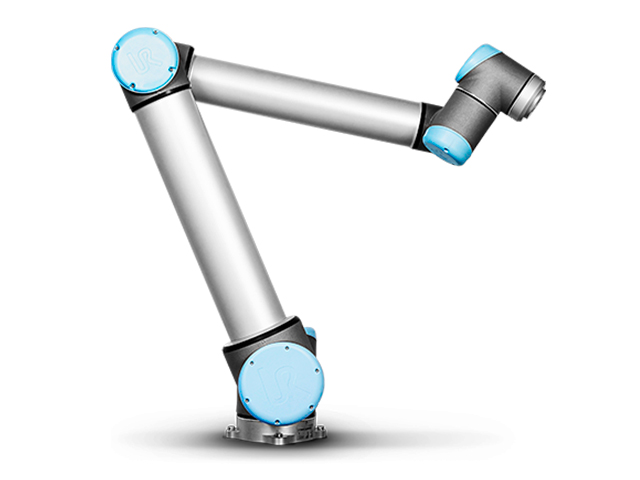UR 10 Robot
Introduction
The main objective is to define the inverse kinematic model of the UR 10 robot.
 This robot is mainly used for pick and place applications in industry.
This robot is mainly used for pick and place applications in industry.
Direct Geometric Model
In order to define the geometric model of robot in the space, we need to associate for each joint of the robot a frame. For this we will use the Denavit-Hartenberg parameters. In the following video, this parametrization is explained on a simple robot:
Inverse Kinematic Model
In order to calculate the Inverse Kinematic model of a 6 axis robot, we need to "inverse" the direct geometric model of the robot. In the following video, a methodology is proposed: During the process, we need to solve some trigonometric equations. In the following video, some explanations are given so as to solve these equations:
References
- E. Nyiri, O. Gibaru (2021) The inverse kinematic of the UR10. Academic Press, Lille.